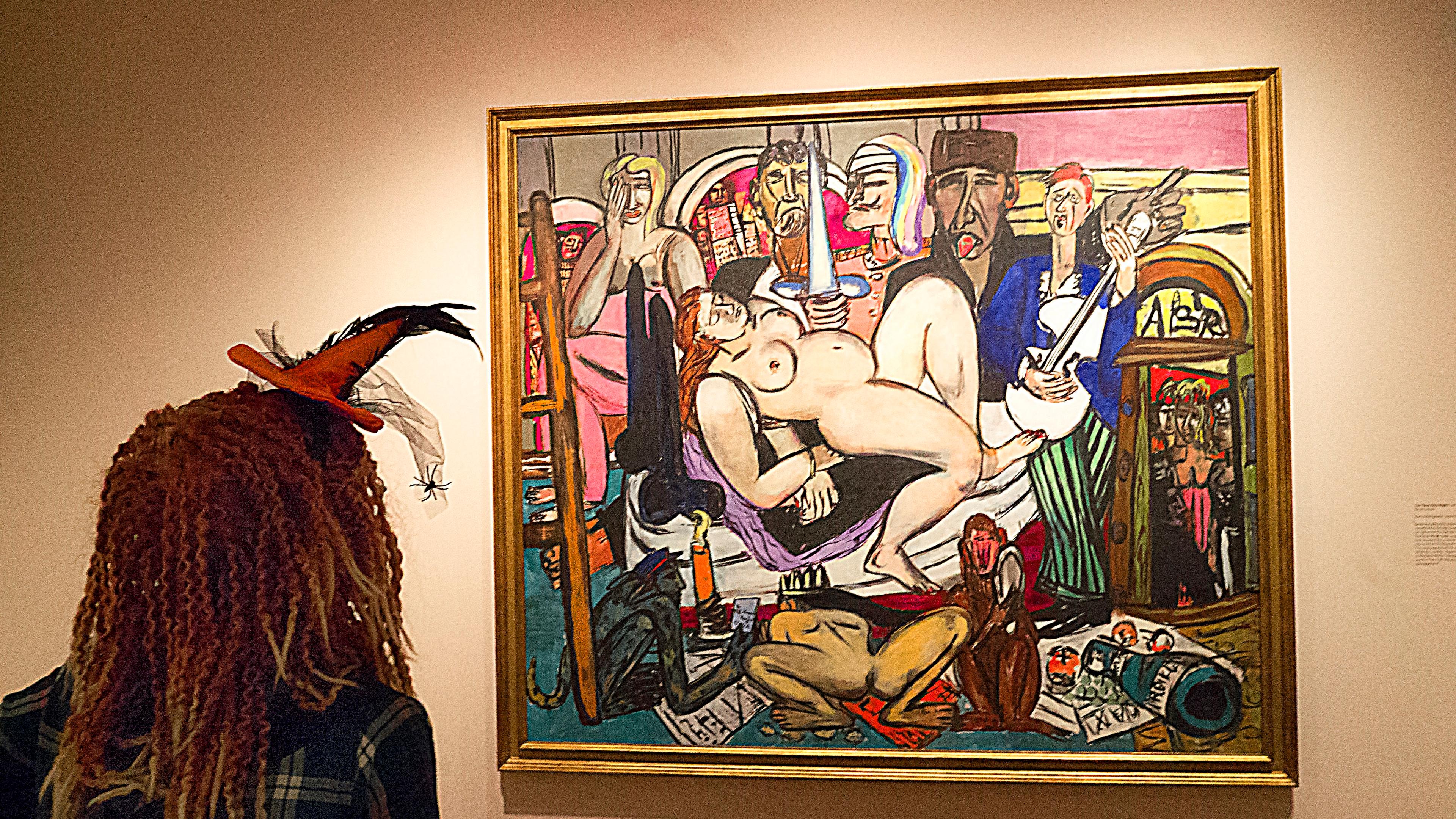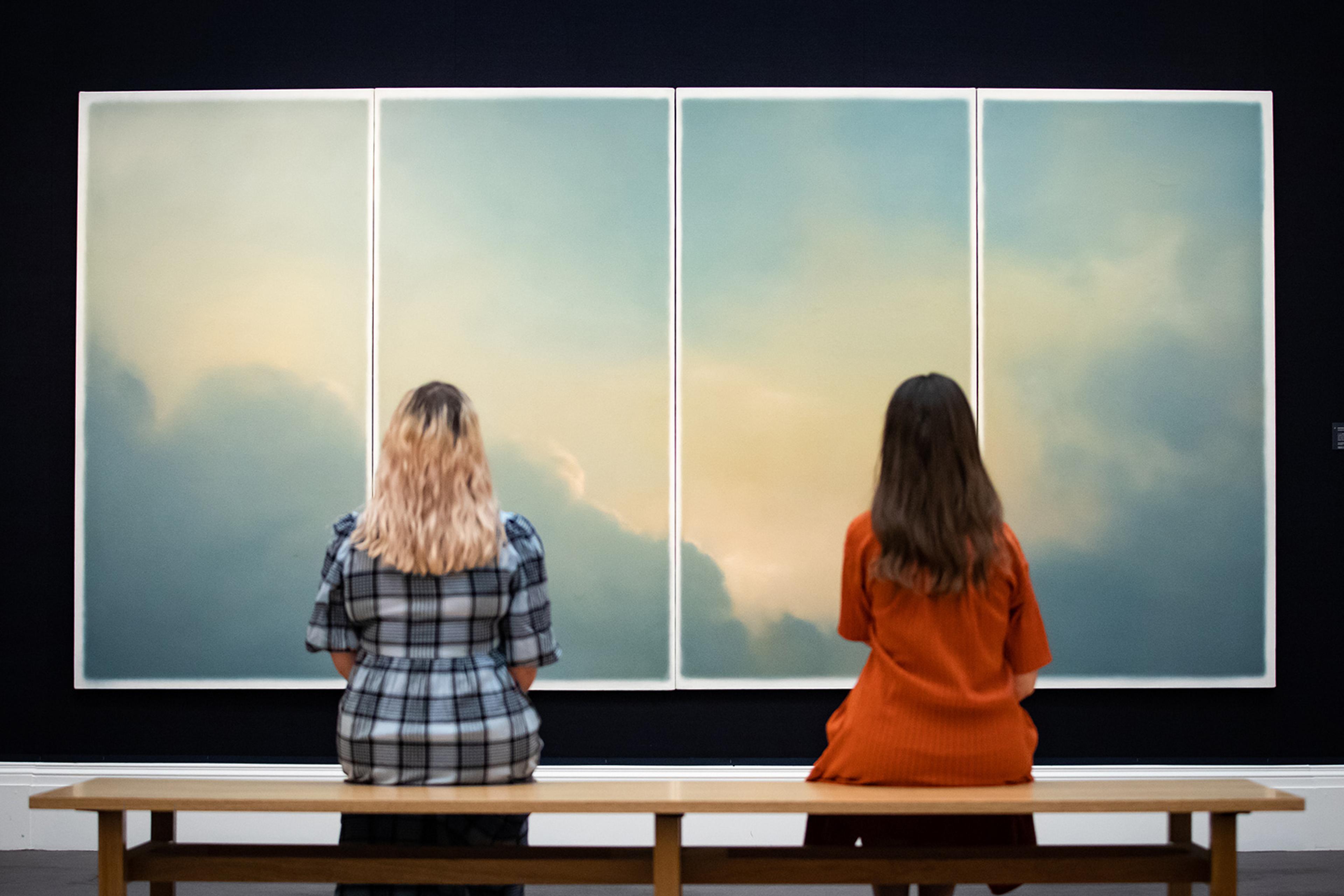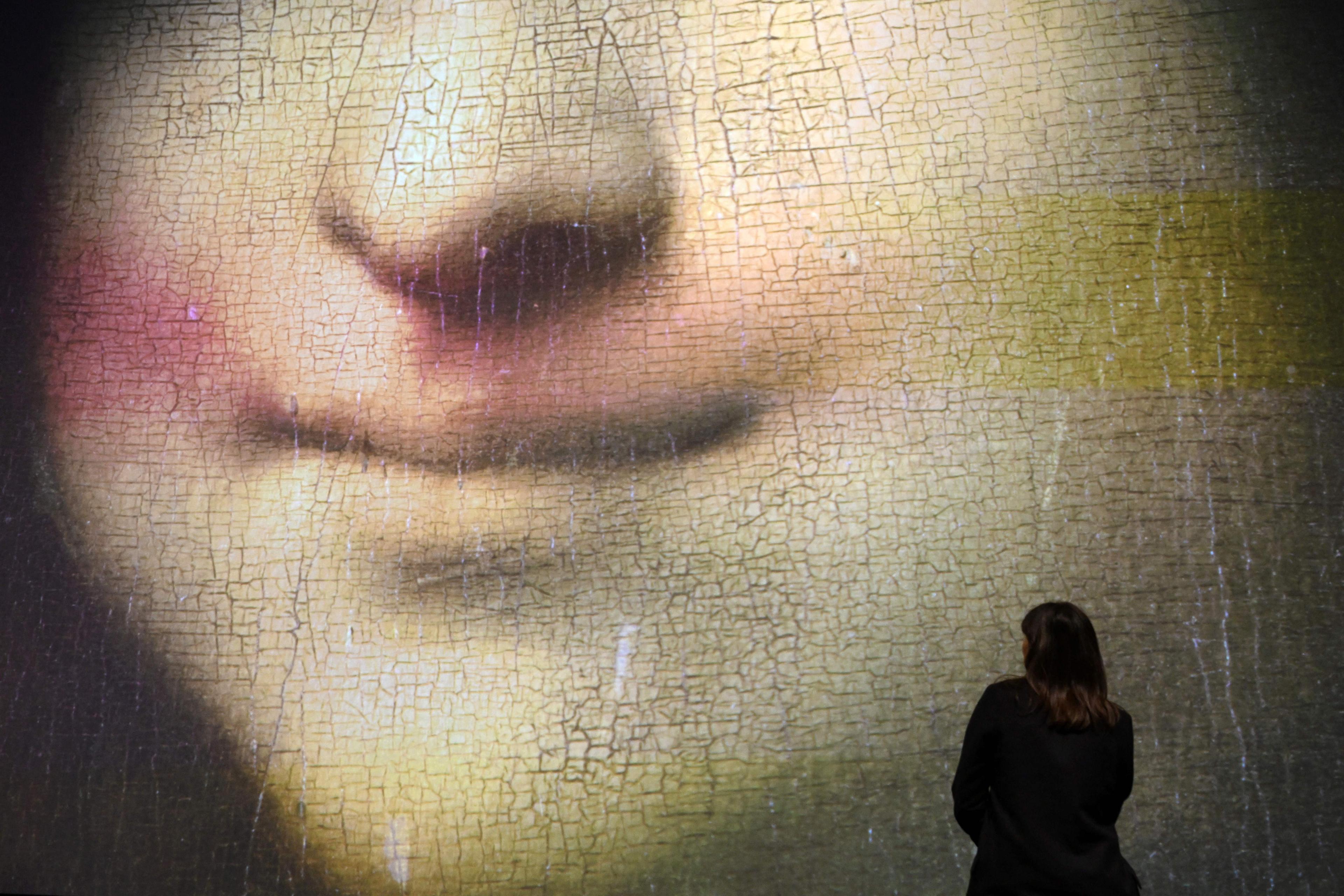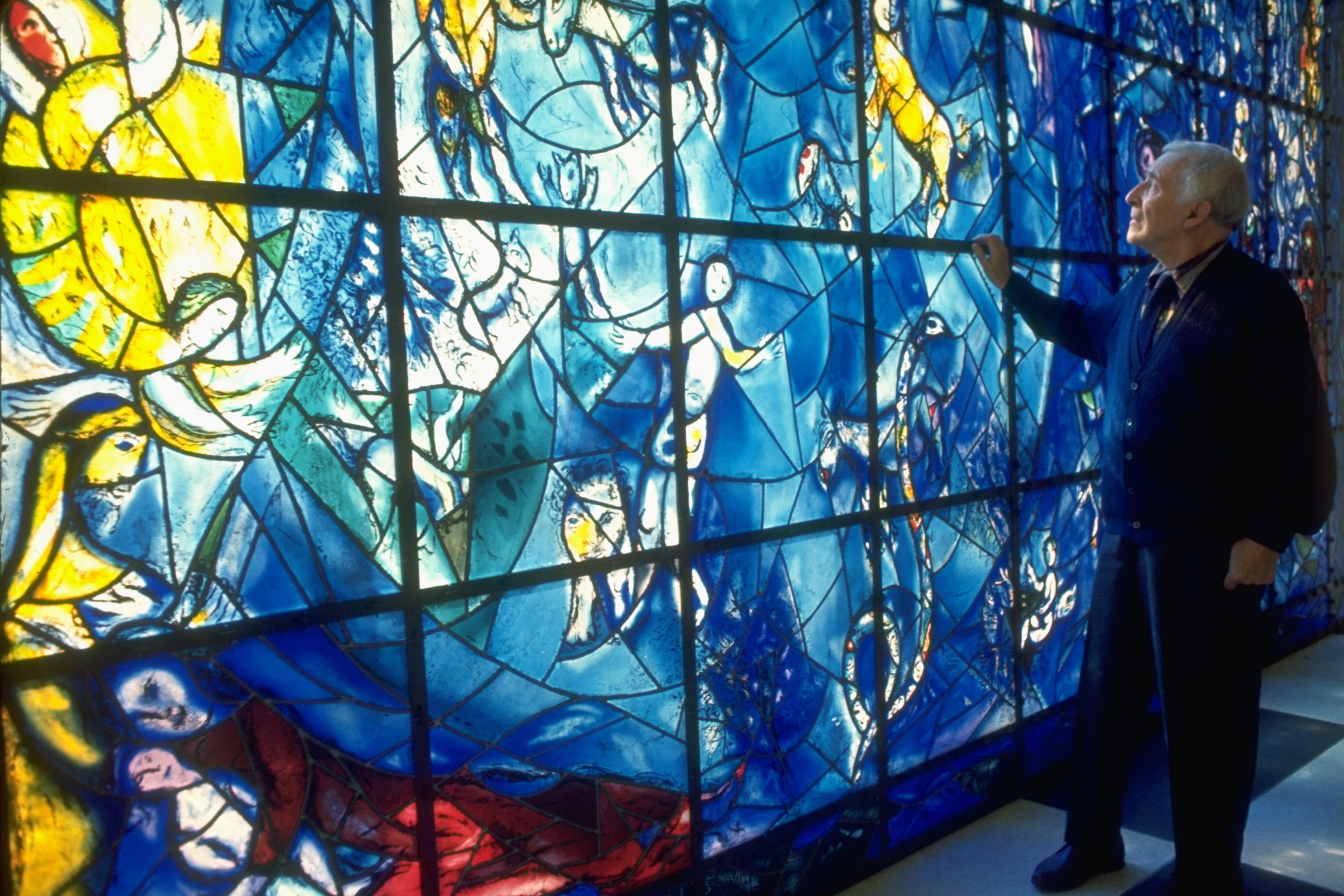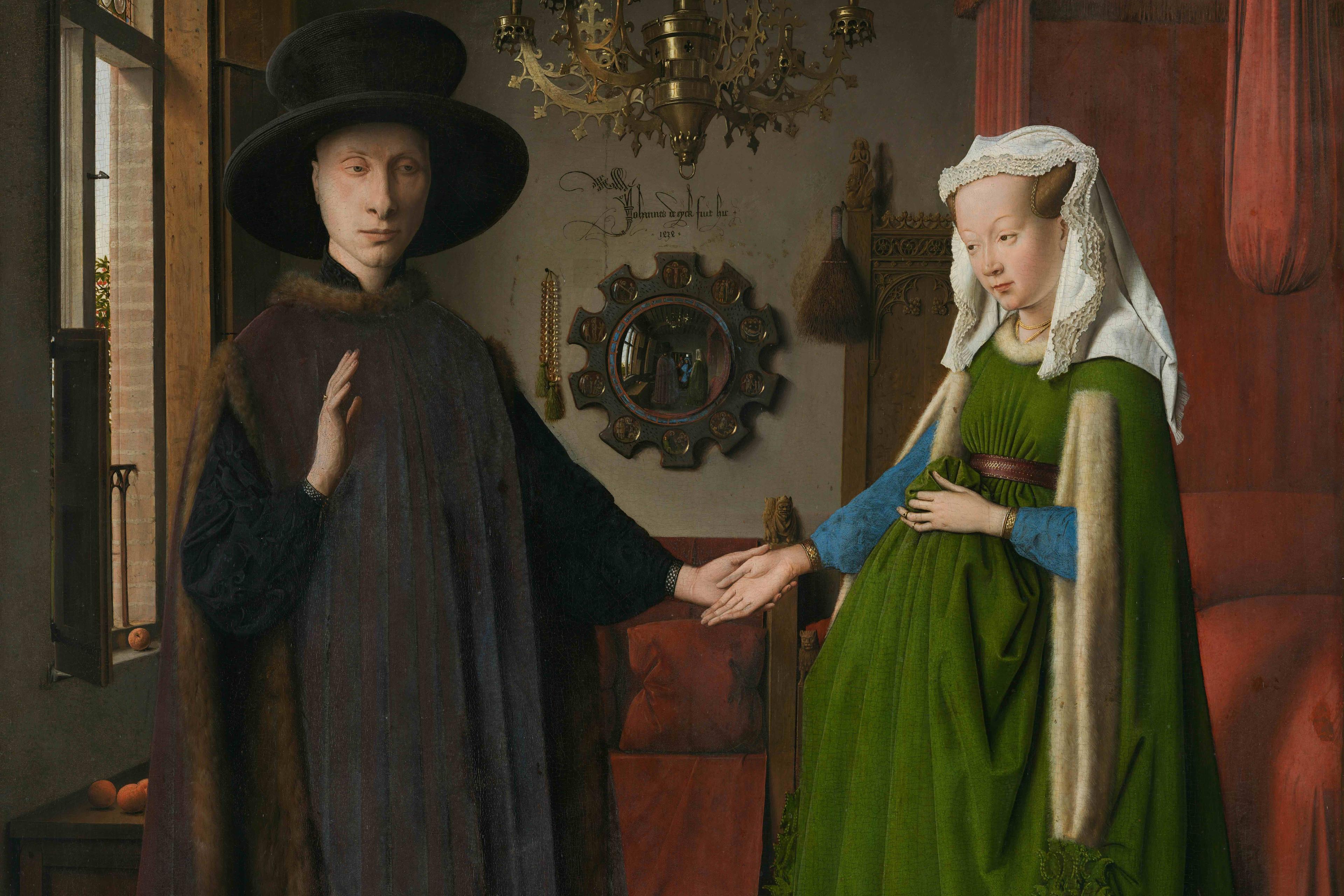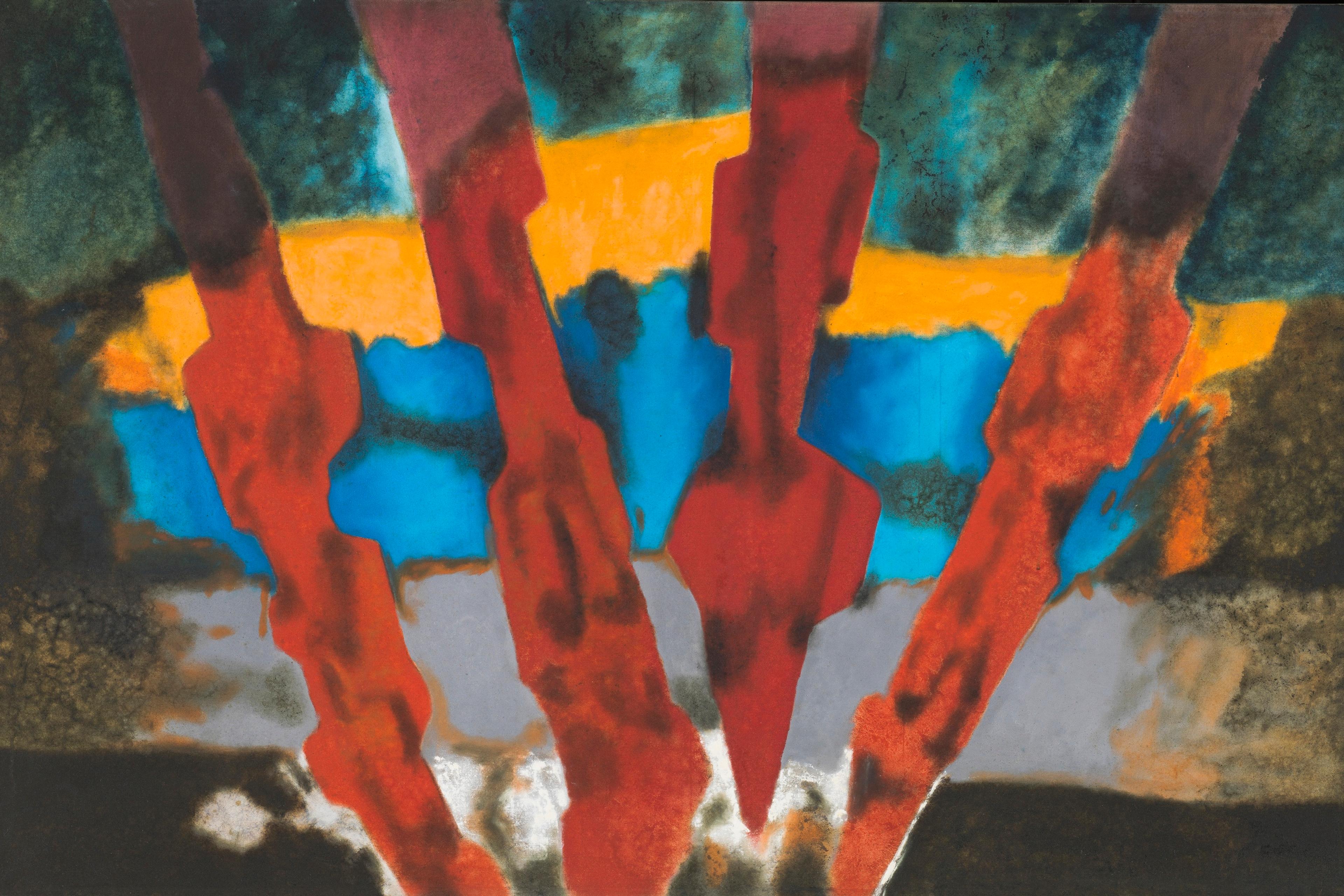What makes a work of visual art beautiful? Researchers in aesthetics have identified various physical characteristics – such as symmetry and visual complexity – that seem to affect people’s preferences, but they don’t explain everything. And while some pieces of art are admired much more widely than others, people’s taste in artworks is hugely variable (seemingly more so than their preferences for particular natural scenes or human faces). Given the idiosyncrasy of artistic taste, researchers have been looking for what else might account for how much beauty you or I perceive in a work of art.
A recent set of studies in the journal Psychological Science suggests that a more personal factor – specifically, how much a piece of art seems to relate, in one way or another, to you – can contribute greatly to its aesthetic power. Amid the vivid colours of your favourite Impressionist landscape, the bold strokes of a beloved Japanese ink painting, or the twisted forms of an entrancing abstract piece, there may be qualities of art that you especially like because they somehow speak to your memories, identity or other elements of your life.
Edward A Vessel, a computational cognitive neuroscientist at the City College of New York, and his colleagues showed people (a small group of German participants in one study, and a couple of hundred English-speakers in another) pictures of paintings that spanned different styles, genres and periods. The participants looked at each image for a moment and then rated it. For instance, in one study they rated each painting based on how ‘beautiful, compelling, or powerful’ they found it and how much it moved them. Participants then rated the self-relevance of each artwork, ‘based on how much you think the depicted artwork relates to you, your interests and hobbies, your personality, to places or people you know, or to events in your personal life.’
Participants rated artworks generated to be relevant to them as more aesthetically appealing than other synthetic art pieces
The participants varied a lot in how they rated the different paintings. But, on the whole, the more they rated a piece of art as being personally relevant to them, the higher they tended to rate its aesthetic impact. What’s more, self-relevance seemed to account for the differences in how participants responded to the images more than a long list of various image features did, such as complexity and ‘naturalness’. Overall, the results suggest that self-relevance matters for how people respond to visual art.
Was it possible that the volunteers simply rated the art pieces they most liked as also being more relevant to them? The team conducted a third study that addressed that concern, one which involved using AI to create artwork that was made specifically to be relevant to each participant.
The participants first shared personal details about themselves, such as where they grew up, places they had travelled to, social groups, favourite things (eg, books, food, animals) and style of dress. The team fed this information into a machine-learning algorithm to generate individually tailored images that looked like human-made works of art, but which also reflected aspects of each participant’s life, such as a landscape-style painting of a city that the participant had visited.
Participants rated the artworks that were generated to be relevant to them as more aesthetically appealing, on average, than other synthetic art pieces, including ones that were based on details from other people’s lives and which were comparable in terms of their physical characteristics. So, self-relevance was again associated with a greater aesthetic response – and these results using AI showed more convincingly than the preliminary studies that the former was driving the latter, rather than vice versa.
Why might art that is relevant to your life experience or sense of self seem more powerful or beautiful than the piece hanging next to it? The researchers think it might have to do with the human tendency to enjoy making sense of the world. ‘I often think about aesthetics as tapping into a process which I would call “pleasure from understanding”,’ Vessel says. The basic idea, he explains, is that ‘you can get hedonic pleasure from engaging in sensemaking, and kind of having “aha” moments, and from understanding the world around you better.’
Vessel gives this example: if you learn that a doorknob in your house turns left instead of right, that matters much less to your understanding of the world than learning that your sibling was actually adopted. The latter is much more relevant to your sense of self and far more compelling. Something similar may be true for art: the more it relates to you, and the more potential it has to inform central parts of your view of the world, the more you’re likely to be moved by it.
Of course, a feature of many great artworks is their ability to bring you into contact with someone or something apart from yourself. A painting might offer you a glimpse of a faraway time or place, acquaint you with someone you could never meet in real life, or let you behold nature through a radically different lens. The idea that many of us favour art that speaks to our sense of self might seem to be at odds with that outward-looking quality. But is it?
Perhaps self-relevance helps – at least some of the time – to form a bridge to that other world that an art lover seeks to access. While tolerance for the unfamiliar can vary from person to person, ‘for most of us, if something is presented in a way where we can immediately map it on to some aspect of our own experience, then we can get much deeper much quicker,’ Vessel suggests. For all that might seem foreign about a shadowy Renaissance scene or a cubist portrait, there may be something in it that chimes with your experience and, in doing so, offers a foothold. It could mean that ‘you’re able to attend to a feature that you can make sense of,’ Vessel says. ‘Otherwise, you might not even pay attention to it. You might just walk right by it.’
